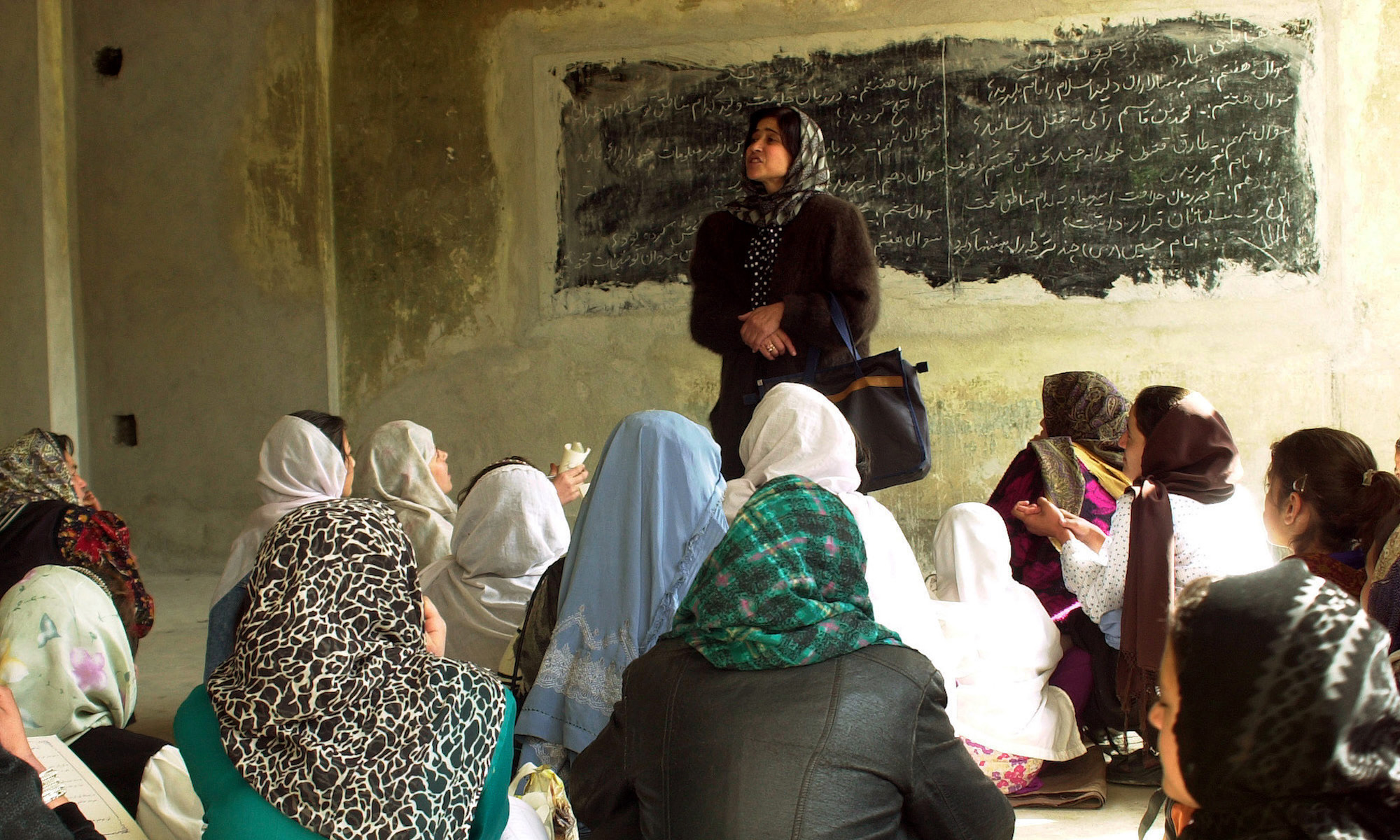This article uses a sequential mixed method approach to examine the origins and persistence of paramilitaries and state-sponsored militias in the developing world. Combining comparative case studies of Southeast Asia and the Middle East with statistical analysis, it shows that revolutionary decolonization produces more decentralized and localized force structures, while direct inheritance of colonial armies leads to more conventional force structures. Subsequently, the level of competition within the regional system influences whether a state can persist in the use of paramilitaries or must transition to a more centralized, conventional force.

INSCT Postconflict Research Database
The Institute for National Security and Counterterrorism's Postconflict Research Database & Analysis Project stores cross-indexed bibliographic information on hundreds of journal articles, books, book chapters, and case reports that address the broad, interdisciplinary fields of postconflict reconstruction, stabilization, and peacebuilding.